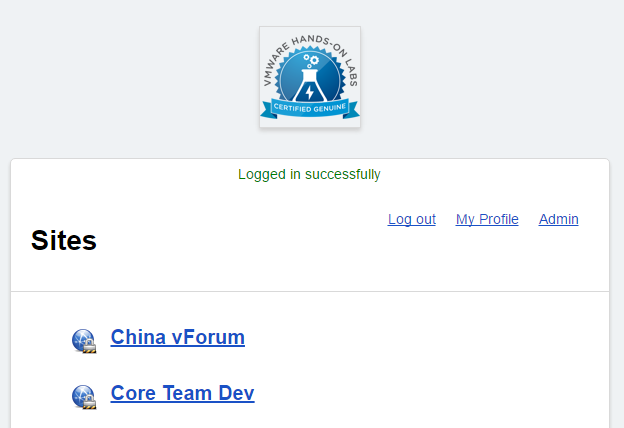
- #Wpi lib screensteps live install
- #Wpi lib screensteps live manual
- #Wpi lib screensteps live download
If you get a message similar to the one below:Ĭom. is not on the classpath. #When I Deploy My Java Program I get an “Unable to find Javac Message”
#Wpi lib screensteps live install
Please install a JVM on your programming computer in accordance with step 4 of the quick start guide above. This problem is most likely caused by not having a JVM or JDK installed on your computer. #When I open eclipse I get an error stating “Unable to find JVM” User programs are downloaded to /home/lvuser directory #When I deploy code, where is it saved on the roboRIO? We recommend using Eclipse Luna where ever possible, with JDK v8, but if you must use Kepler, downgrade the JVM to v7 or run the fix noted in the bug report to use JVM v8 with Eclipse Kepler. There is a ANT build bug in older version of eclipse where the default ANT build version that ship with the older eclipse versions do not recognize Java v8. Yes, but only with a Java v7 or earlier JDK. #Can I use an older version of Eclipse like Kelper with the plugins? Once you add it, it will stay around between eclipse restarts. To find the RIOLog window, in eclipse, go to Window, Show View, Other and search for RIOlog and you’ll see it. #Can I see live Program Output in Eclipse?
#Wpi lib screensteps live download
#Wpi lib screensteps live manual
If you wish to do it on your own, I am working on posting the manual steps required.Įnsure roboRIO is flashed and imaged to latest versions then continue with Offical screensteps directions Then, you transfer the built JVM to your target (embedded device).įIRST has created an easy-to-follow process that does all of the configurations for you, and runs the commands to build the JVM for you so that you do not need to be concerned with the details. The user must download the JVM to a host computer and run a program which builds an embedded JVM for your target with all of the configurations you desire. Oracle, the developers of the Java Virtual Machine for Embedded Devices decided to release the JVM with a special installation procedure. Installing the JVM for Embedded Devices, is not the same as installing the JVM on a desktop. #How do I install the Java Virtual Machine on the roboRIO Manually add JDK to “Build Path” for your Robot Project (Right Click Project -> Build Path -> etc.).Enter team number and project name, Select either “Command Based” or “Iterative Robot” frameworks.Create New WPI lib Java Project File->New->Other->WPI Robot Project.Open Eclipse and install Official FRC Plugins ().Extract eclipse to your desired location.Download 32-bit Eclipse IDE for Java Development on Development Computer (install 32-bit even if you are on 64-bit OS) Luna.Install 32-bit Java 8 Development Kit on Development Computer ().



Wire control system according to official wire diagram.


 0 kommentar(er)
0 kommentar(er)
